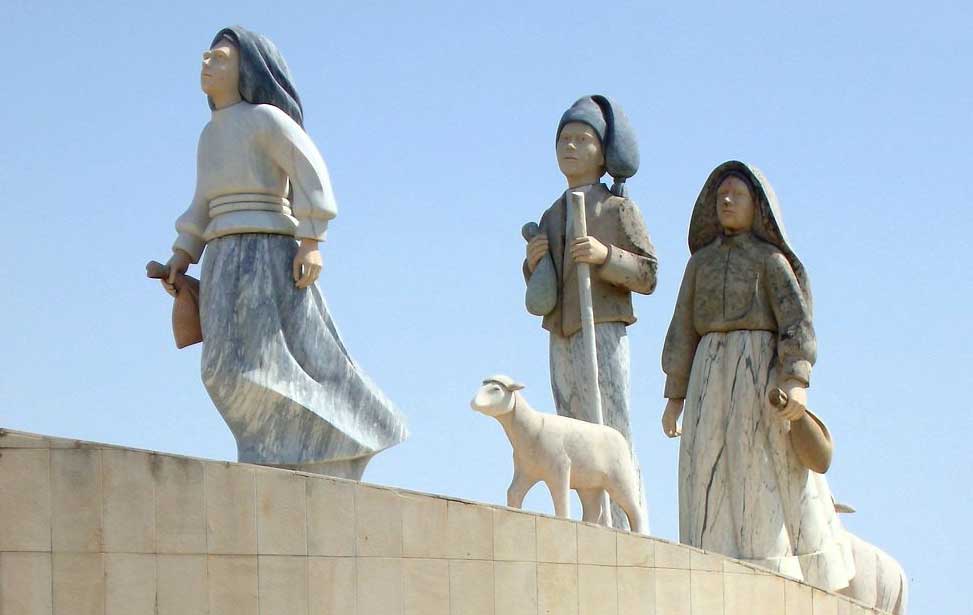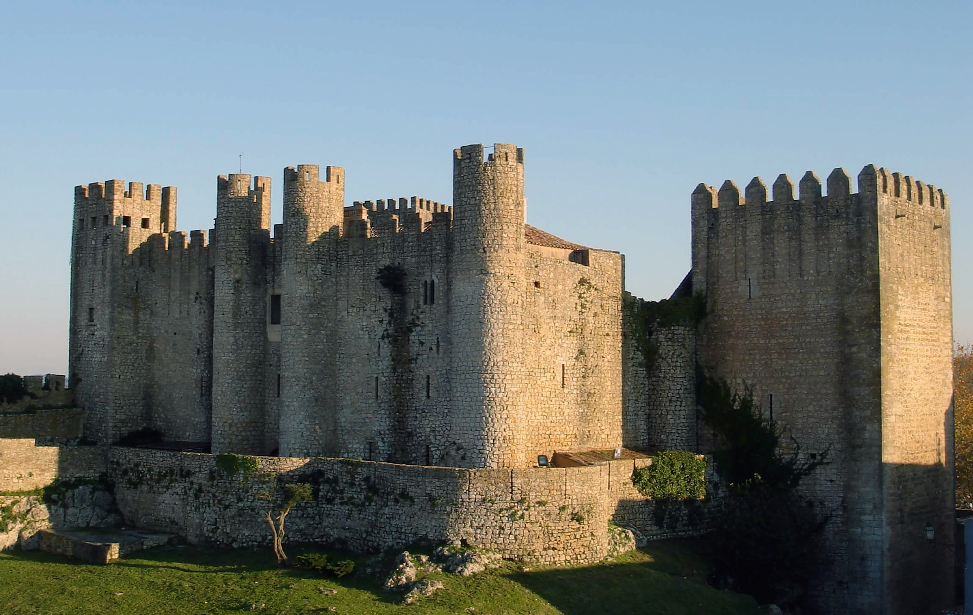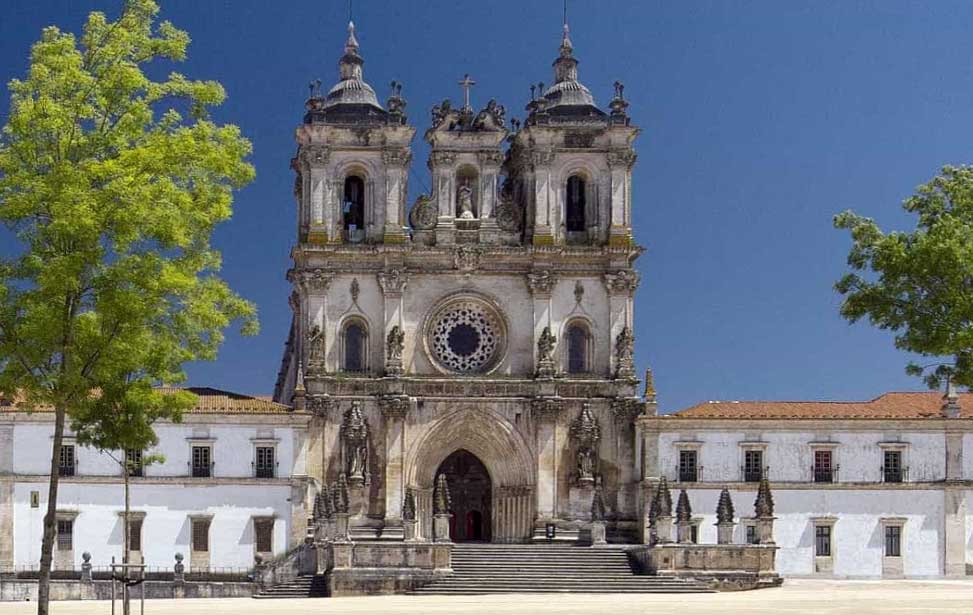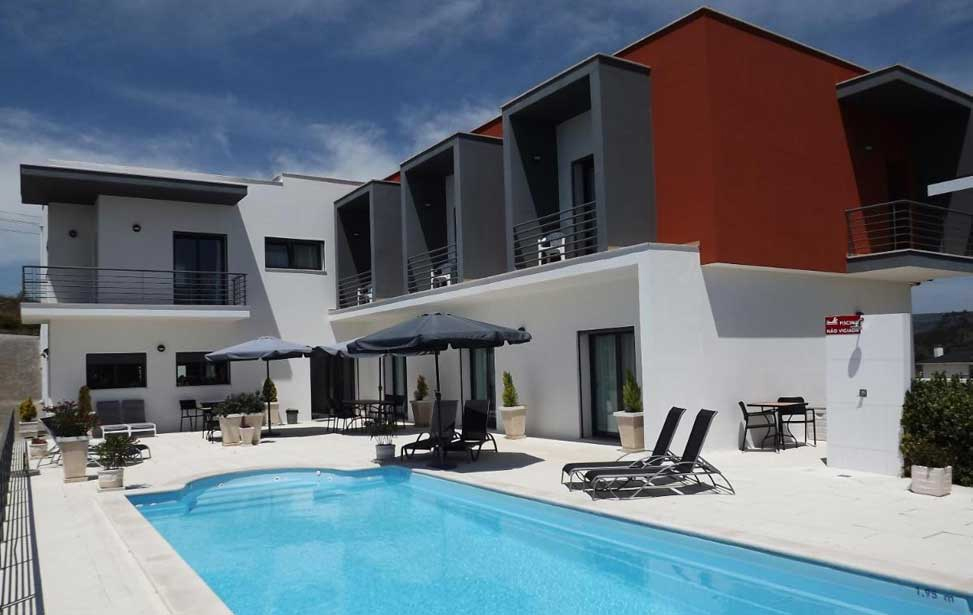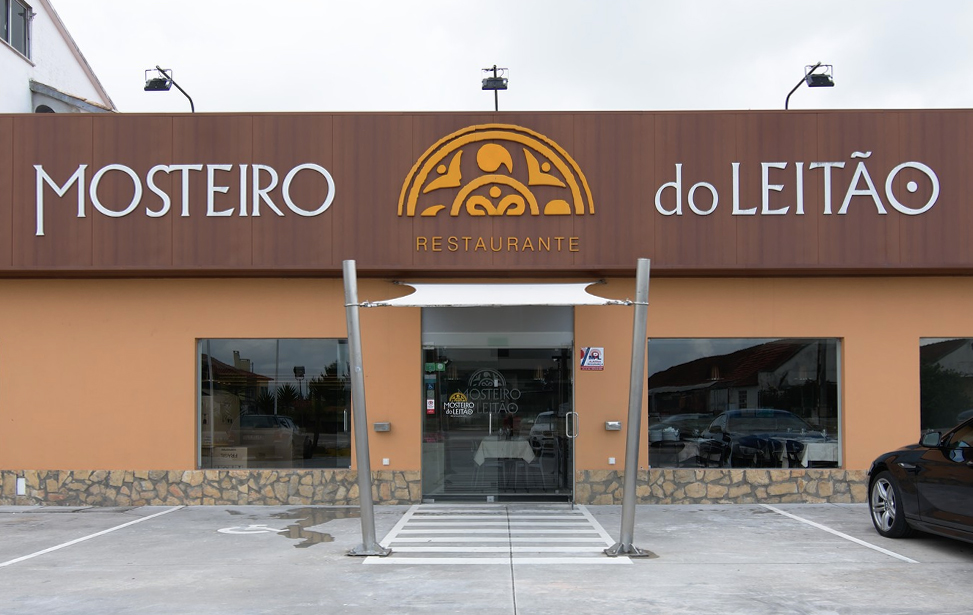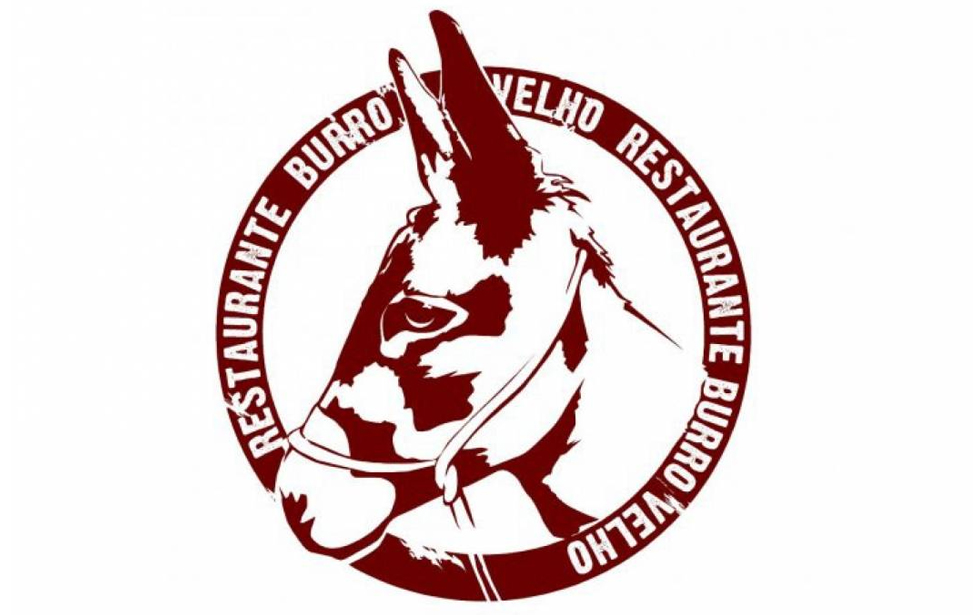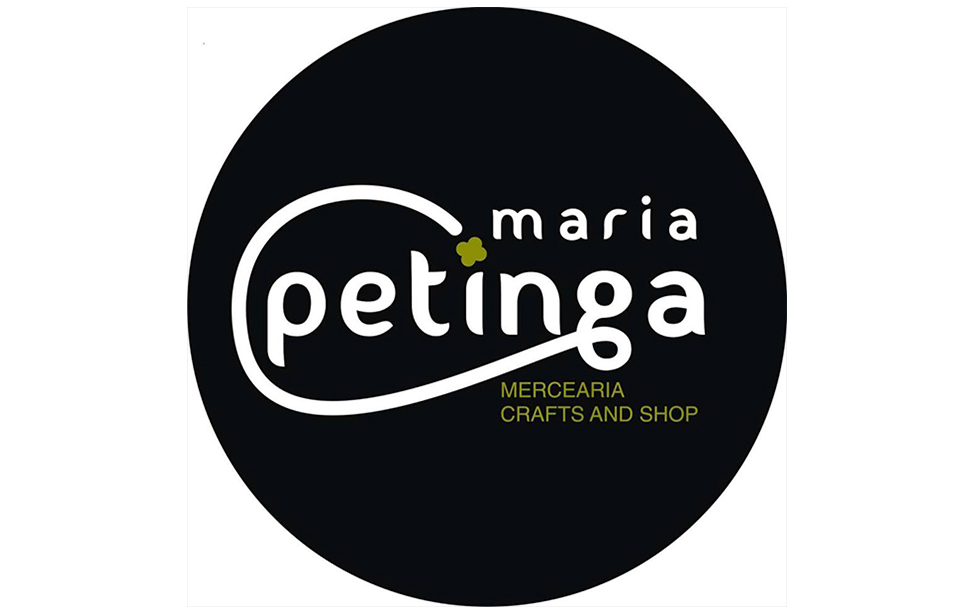
Batalha Abbey (Mosteiro de Santa Maria da Vitória)
Just 11 kilometres (17 mi) south of Leiria and 125 kilometres (75 mi) north of Lisbon lies the charming town of Batalha, renowned for its majestic Batalha Abbey, also known as the Mosteiro de Santa Maria da Vitória. This remarkable Gothic masterpiece attracts visitors from far and wide, making it a must-visit destination from Lisbon and Sintra.
MADABOUTLISBON.COM, in collaboration with trusted partners, offers a diverse selection of day trips and package tours from Lisbon, allowing you to fully immerse yourself in the beauty of Portugal. Explore the awe-inspiring Batalha Abbey and discover the rich history and architectural splendour of this iconic landmark.
Additionally, for those seeking to explore the surrounding attractions, MADABOUTLISBON.COM serves as your ultimate guide, providing valuable insights into accommodation options and dining establishments. Rest assured, with our platform, you can book hotels with confidence, thanks to our free cancellation options. Plan your Portuguese adventure with MADABOUTLISBON.COM and make unforgettable memories in Batalha and beyond. [ More About ► ]
ABOUT
The conflict stemmed from a succession dispute following the death of King Ferdinand I of Portugal in 1383, plunging the nation into civil strife. The decisive battle saw the valour of Portuguese forces, aided by skilled English longbow archers, securing victory. This triumph solidified the bond between Portugal and England, leading to the signing of the enduring Treaty of Windsor in 1386.
A lasting tribute to this pivotal moment stands in front of the cathedral's southern façade: an imposing equestrian statue of Nuno Alvares Pereira, the esteemed commander who played a pivotal role in securing victory for Portugal.
Batalha Abbey: Skip the line tickets
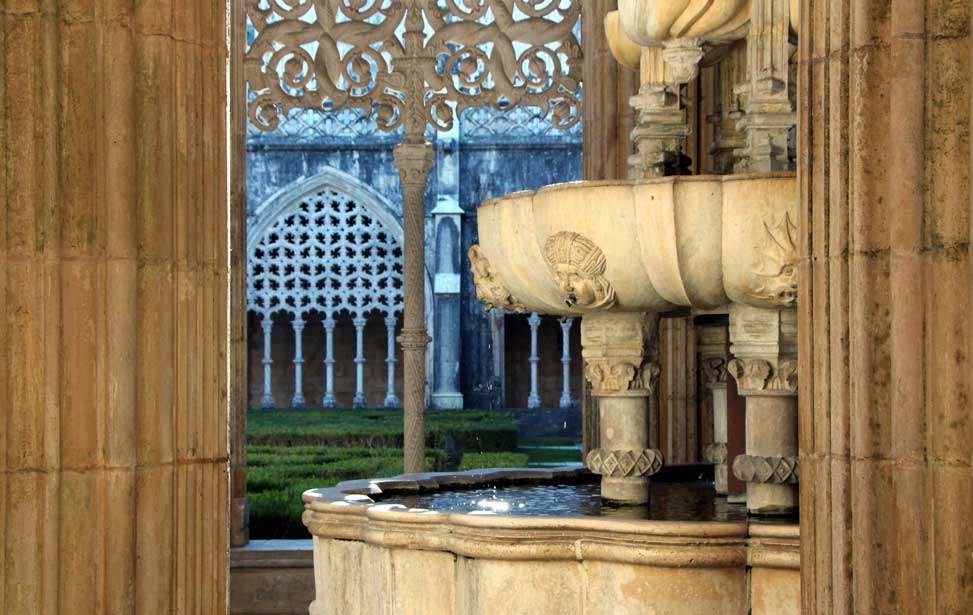
ONLINE TICKET
With this entrance ticket you can gain entry to the Batalha Abbey at your leisure. Book with confidence with the REFUNDABLE OPTION Buy online before you arrive to avoid queues and have the convenience of the e-ticket on your phone…
• The price includes a single entrance to the venue. Tiqets covers the cost of payment processing and provides you with customer service seven days a week.
• Show your smartphone ticket at the entrance
October to March, Daily: 09h00 - 18h00
(last admission at 17h30)
April to October, Daily: 09h00 - 18h30
(last admission at 18h00)
Adult: €6.00, Concessionary: €3.00,
Child under 12: FREE.
Contact Details
Largo Infante Dom Henrique, 2440 Batalha, Portugal.
39° 39' 34.7"N | 08° 49' 30.5"W
+351 244 765 497
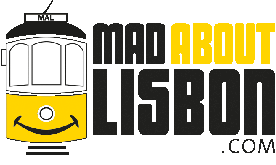
THE HISTORY OF BATALHA

Master architect Afonso Domingues initiated the project and contributed significantly until 1402. His work can be seen in various parts of the abbey, notably the Claustro Real cloister and the Sala do Capítulo (Chapterhouse), showcasing influences of English Gothic, possibly in homage to the English forces that aided in the Battle of Aljubarrota.
Subsequently, Huguet assumed leadership from 1402 to 1438, introducing a more ornate late Gothic style, influenced by English architectural elements from his homeland. This stylistic influence is evident in prominent features like the main façade, the dome of the square chapter house, and the Founder's Chapel.
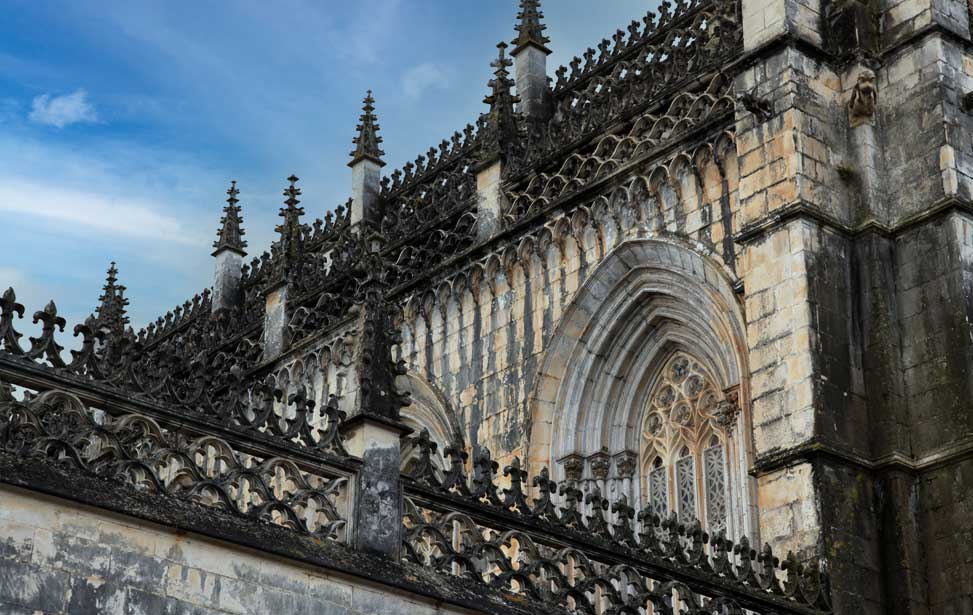
The ambitious project of building Batalha Abbey concluded in the mid-sixteenth century, as João III redirected resources towards the Jerónimos Monastery in Belém, Lisbon.
Throughout its construction, the abbey served as the burial ground for the Aviz dynasty of Portuguese monarchs. Despite surviving the 1755 earthquake, it endured plunder and arson by Napoleonic forces in 1810. After the dissolution of the monasteries in 1834, the Dominicans were expelled, leaving the site abandoned.
Recognising its historical significance, King Ferdinand II initiated a meticulous restoration process that spanned six decades. In 1907, Batalha Abbey earned national monument status, and in 1983, UNESCO designated it as a World Heritage site.
The Exterior
The abbey's remarkable architectural features are distinguished by intricate decorative elements, such as the fleur-de-lis motif in the balustrades and the ornate crockets adorning the pinnacles. Craftsmanship abounds in the intricate carvings that embellish the portals and windows, enhancing the overall grandeur of the structure.
Noteworthy are the pilasters, towering gothic arched windows, and towering vertical elements, evoking a sense of celestial aspiration.
Visitors enter through the imposing west façade, where they are greeted by elaborately carved portals. Flanking the entrance are sculptures representing the twelve apostles, each bearing unique characteristics. Inside the stepped archway, biblical figures, including kings, queens, prophets, and angels, are depicted alongside medieval musical instruments. At the arch's apex, a high relief statue of Christ in Majesty is accompanied by the Evangelists, offering a captivating glimpse into the abbey's rich artistic heritage.

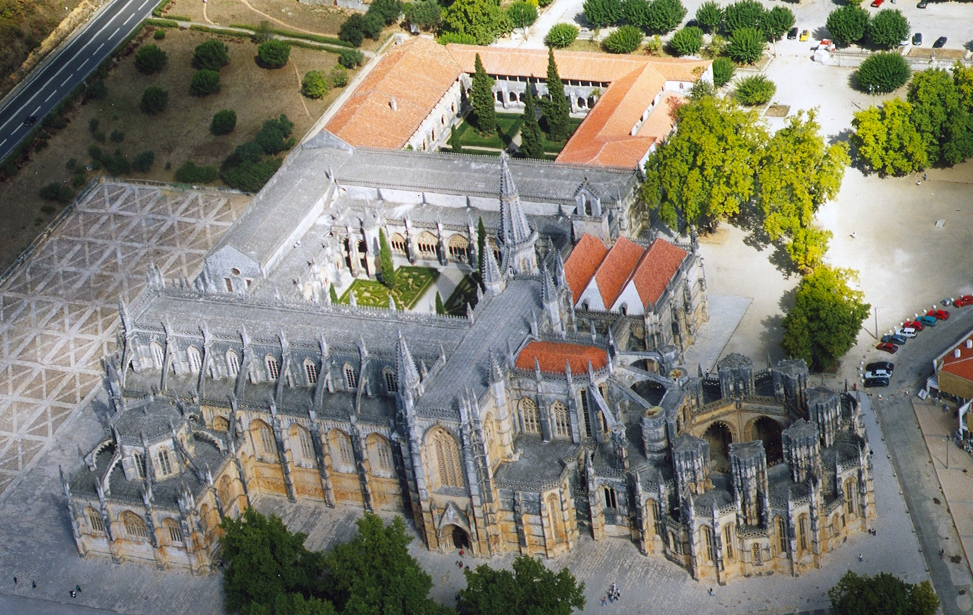
The Interior
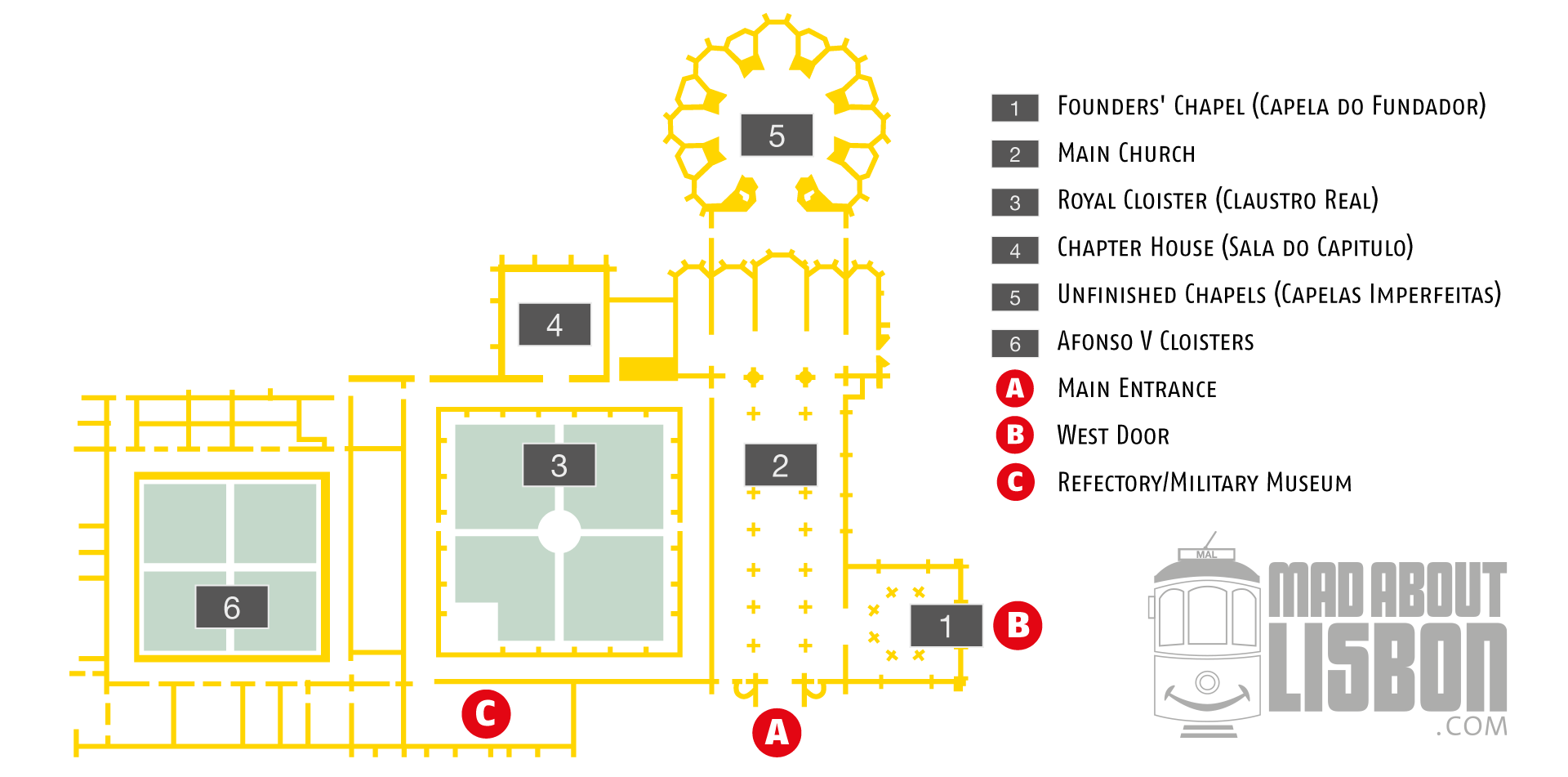
Plan of the Batalha Abby © Mad About Portugal
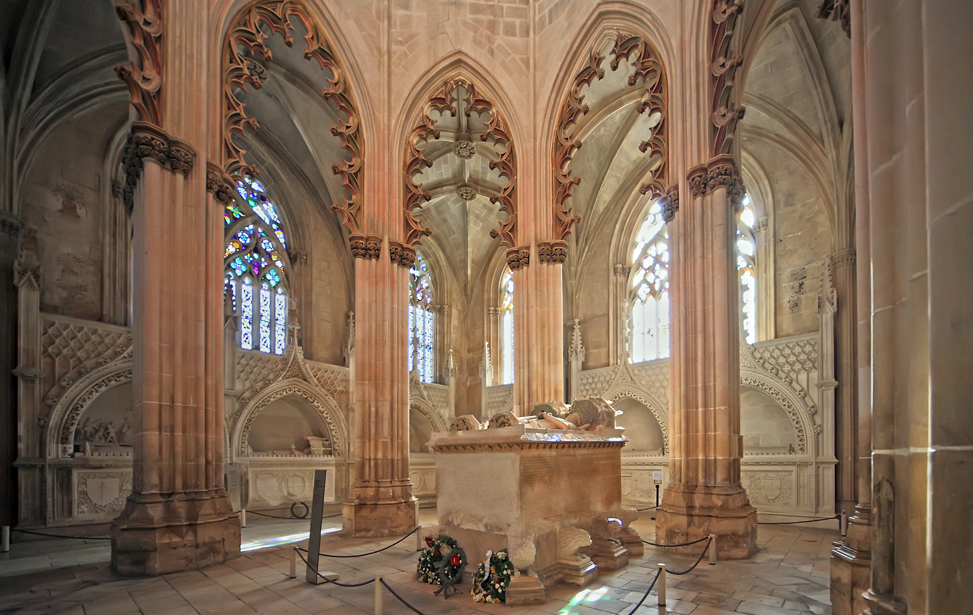
1
Founders' Chapel (Capela do Fundador)
If you turn right as you enter the church you'll enter the Capela do Fundador or Founders chapel. It is this room where the English Perpendicular style makes its most prominent appearance. Completed in 1434 it was designed by the English architect Master Huguet, who is thought to be in the service of Queen Philippa of Lancaster. The chapel's floor plan consists of an octagonal space buttressed by eight piers inside a square and served as Portugal's first royal pantheon. The ceiling consists of an eight-point star-shaped lantern under which is the enormous joint tomb of King João I of Portugal (d.1433) and his wife Philippa of Lancaster (d.1415). Their hands clasping each other for eternity, a symbol of love and the close alliance between Portugal and England.
Outside the octagonal on the southern walls of the ambulatory are recessed arches that contain the tombs of the youngest sons of João and Phillipa together with their spouses.
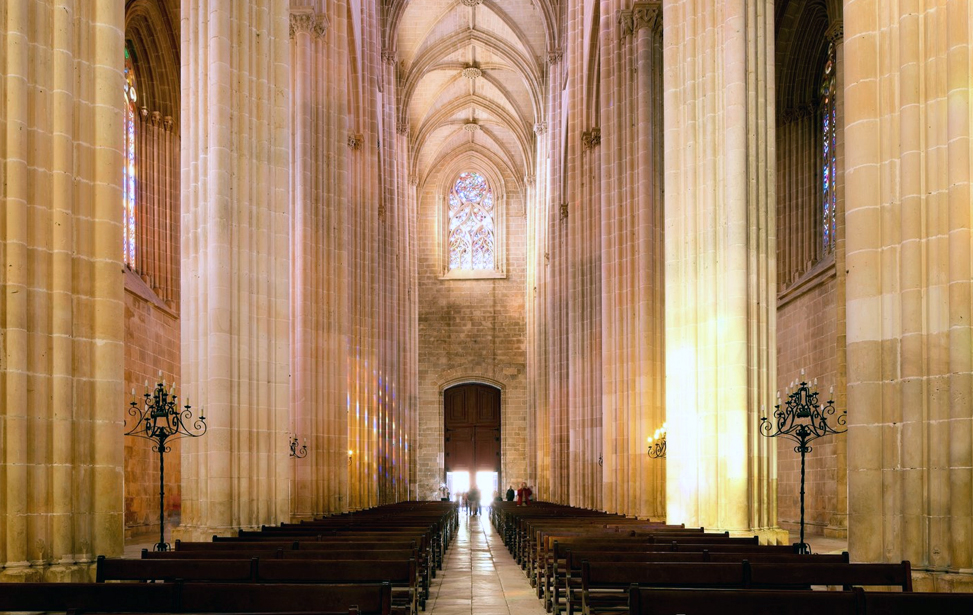
2
Main Church
When Huguet inherited the task of building Batalha from Afonso Domingues he raised the nave to its present dizzy height of 32.4 metres. As popular with Gothic cathedrals the central nave, the longest in Portugal, is narrow and the ceiling is rib-vaulted, supported by compound piers. The room is lit by ten stained-glass windows, possibly the first in Portugal, the oldest of which date back to the 1430s.
The two side naves are narrower and lower than the central nave. They lead to the transept, where, at the centre of the crossing, one finds a modern high altar before the chancel proper. The chancel consists of five polygonal chapels, whereby the central chapel is higher and deeper than the four side chapels. In contrast to the rest of Batalha, the church feels more austere but no less impressive.
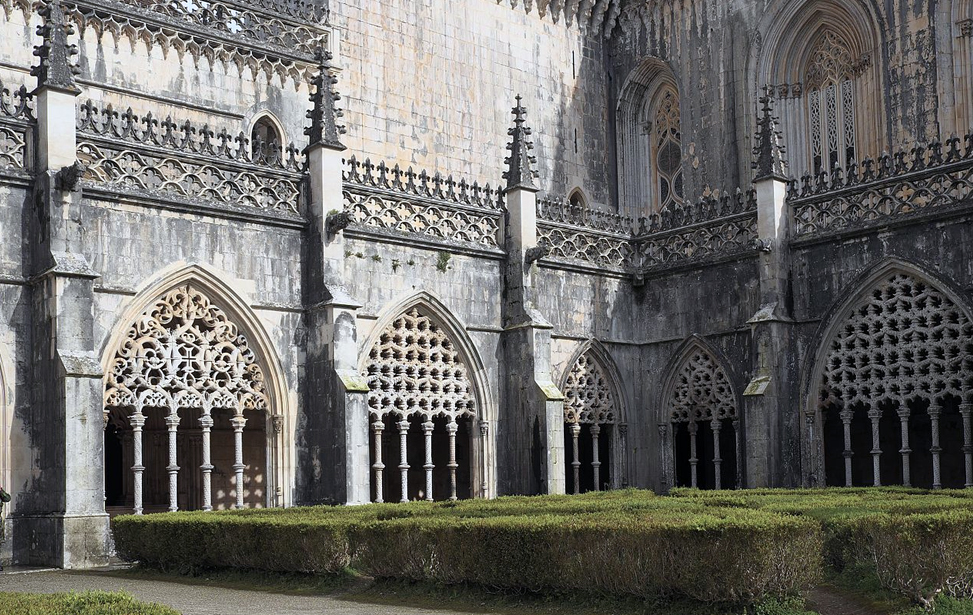
3
Royal Cloister (Claustro Real)
The Royal Cloisters were built in the Gothic style in the late 1380s, Manueline embellishments were added a century later. Typical Manueline symbols such as plants and flowers from the newly discovered lands and seafaring motifs carved in every arch illustrate the variety and excitement of Portuguese art during the Age of Discovery. Supporting intricate arcade screens within the arches are spiral colonnettes adorned with emblems of D. Manuel I, the Cross of the Order of Christ and the armillary sphere.
One feature worthy of close inspection is the Lavabo (Lavatório), or washbasin located in the northwestern corner of the Claustro Real. It takes the form of a triple-bowl fountain created by Mateus Fernandes.
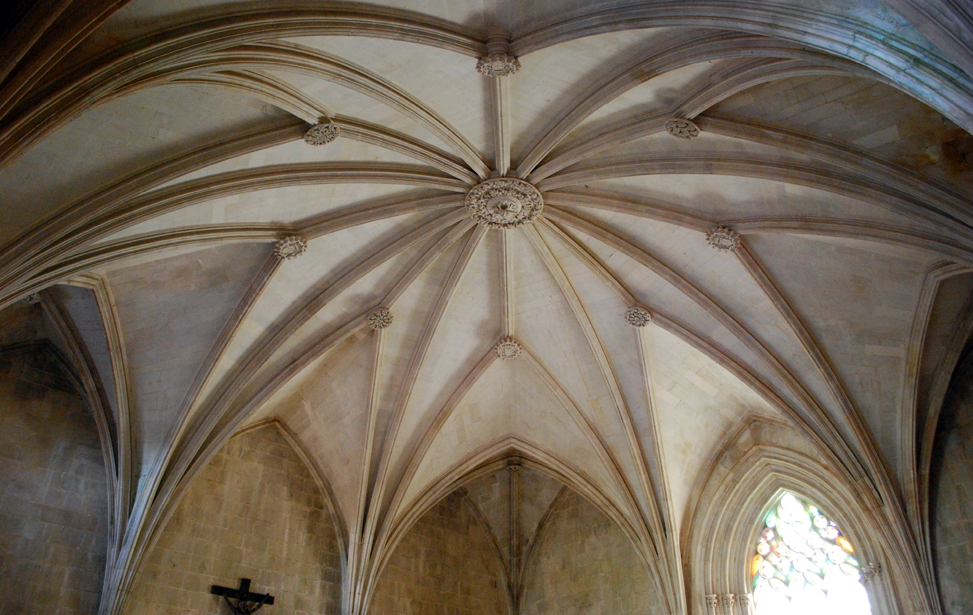
4
Chapter House (Sala do Capitulo)
Off-shooting the Royal Cloisters is the impressive Chapterhouse (Portuguese: Sala do Capitulo) with its magnificent star vaulted ceiling which spans an incredible 18 square metres and rises to a height of 20m (60ft) without any central supports. The design was radical at the time of construction and following two initial ceiling collapses only condemned prisoners were used as construction labour. On completion, its designer Afonso Domingues spent the night under the ceiling once the scaffolding was removed to prove its integrity. On one wall is a marvellous stained glass window that dates back to 1508 and depicts scenes from of passion.
Inside this colossal space, two Portuguese sentinels guard the tombs of the Unknown Warriors, one killed in France during the Great War and the other in Portugal's colonial wars in Africa. More information of these men can be found on the opposite side of the cloister where the refectory houses a military museum in their honour.
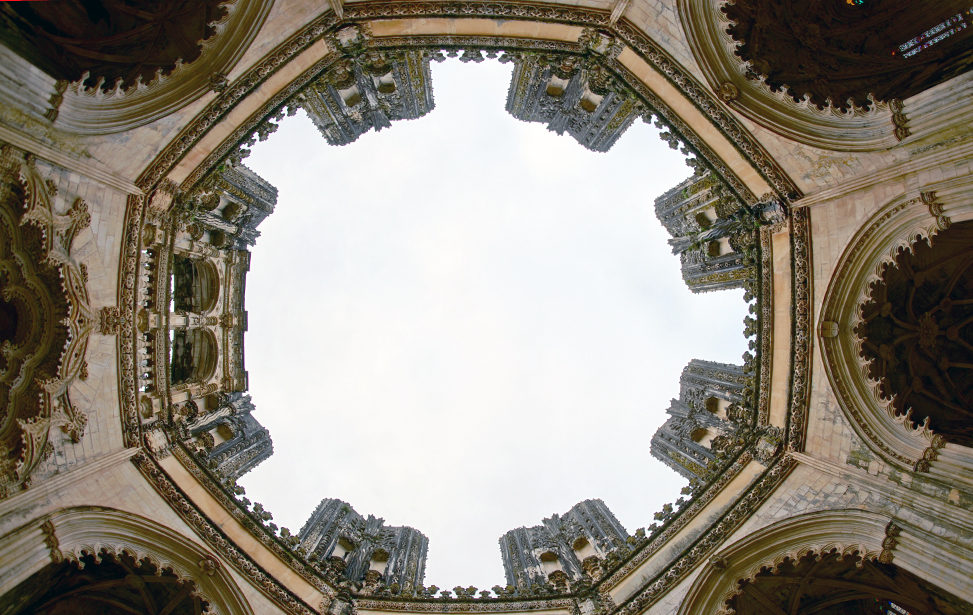
5
Unfinished Chapels (Capelas Imperfeitas)
Adjoining the choir of the church but only accessible from outside the main complex is the octagonal structure known as the Unfinished Chapels or Capelas Imperfeitas. Dom Duarte, the eldest son and successor of João and Philippa, commissioned them in 1437 as a royal mausoleum for himself and his descendants. However, only he and his wife Eleanor of Aragon are buried here. Huguet originally built the structure but successive architects made alterations.
Most notable of whom was Mateus Fernandes who applied his mastery of the Manueline style to alter the space beyond recognition. Fernandes' main portal rises a staggering fifteen metres and every centimetre is carved with a honeycomb of mouldings: floral projections, linked chains, clover-shaped arches, strange vegetables and even crawling stone snails. The upper floor of the rotunda is equal in magnificence to the portal, designed by Diogo de Boitaca. The huge buttresses are ornately decorated and were intended to support a vaulted ceiling however construction was abandoned a few years later in 1533.
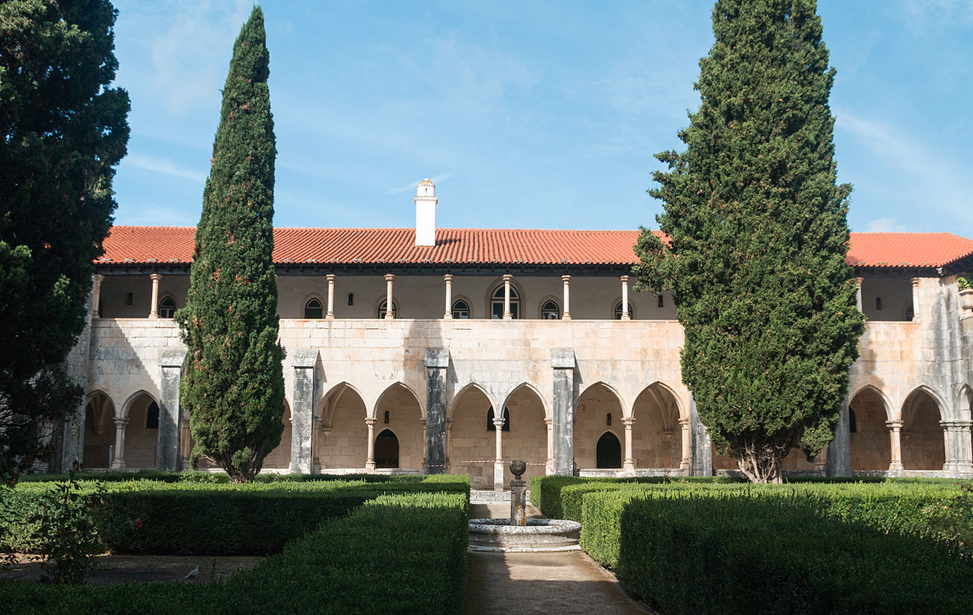
6
Afonso V Cloisters
Compared to the exuberant style of the Royal Cloister (Claustro Real) the Afonso V Cloister appears somewhat austere, unlike the former it never received additional embellishment and retains its original gothic form. It was constructed in the latter half of the 15th Century by master builder Fernão de Évora and was one of the first in Cloisters in Portugal to be built on two levels. The keystones in the vault carry the coat of arms of Dom Duarte I and Afonso V.
October to March, Daily: 09h00 - 18h00
(last admission at 17h30)
April to October, Daily: 09h00 - 18h30
(last admission at 18h00)
Adult: €6.00, Combined Ticket:
Alcobaça, Batalha, Convento de Cristo: €15.00, Concessionary: €3.00, Child under 12: FREE, First Sunday of each month: FREE.
![]() Lisbon Card: FREE
Lisbon Card: FREE
Largo Infante Dom Henrique, 2440 Batalha, Portugal. | 39° 39' 34.7"N | 08° 49' 30.5"W
+351 244 765 497
bilhetesgrupo@dgpc.pt | Website


 Lisbon Card Discounts
Lisbon Card Discounts


